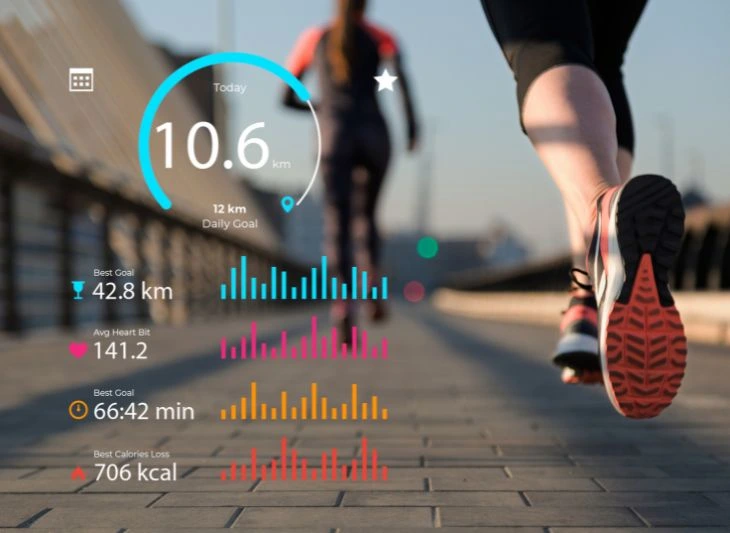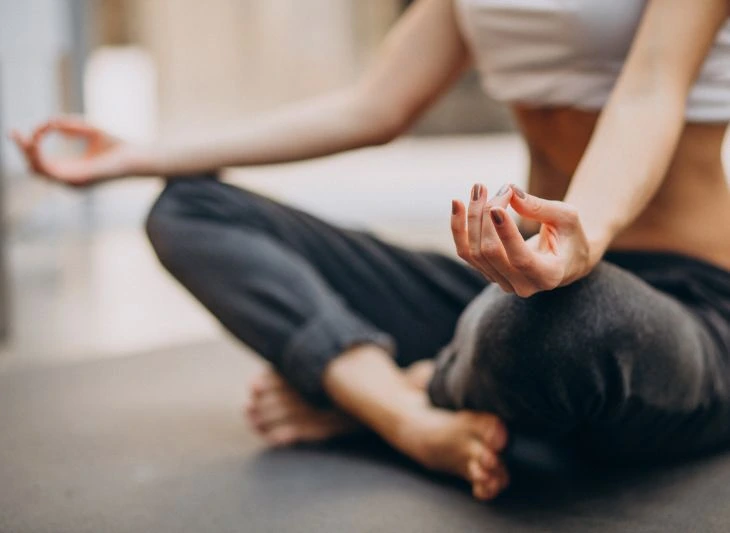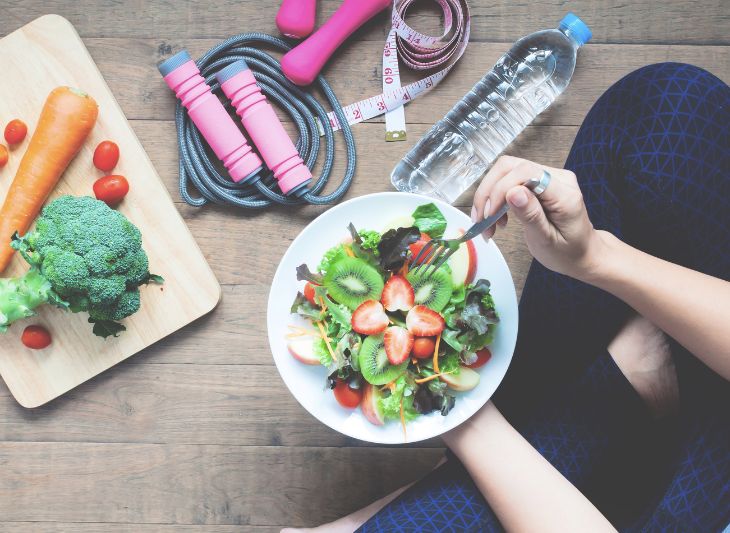Yoga is more than only stretching – this is a powerful practice that units the body, mind and breath. Whether your goal is to increase flexibility, reduce stress, or improve overall health, yoga is a great starting point for anyone at any age or fitness level. If you ever think about how to start yoga as a beginning, then this guide is for you.
What is Yoga?
Yoga is an ancient practice that originated in India over 5,000 years ago. It combines asanas (body postures), pranayama (breathing techniques), and dhyana (meditation) to promote physical health and mental clarity. Yoga is not about force, but about awareness, self-control, and mindfulness.
Benefits of Starting Yoga
Before we dive in, let’s take a look at some of the main benefits that make yoga so appealing:
- Improves flexibility and posture
- Increases muscle strength and tone
- Increases mental clarity and concentration
- Reduces anxiety and depression
- Improves respiratory and cardiovascular health
- Promotes better sleep
- Help with weight management
- Improves balance and coordination
Yoga is accessible and suitable for all body types and ages.
How to Start Yoga as a Beginner
-
Set a Clear Goal
Starting question:
- Why do I want to start yoga?
- What do I hope to achieve?
Whether it’s physical fitness, stress relief, or spiritual growth, creating a clear goal will help keep you motivated and focused.
Also Know: Top Yoga Poses for Reducing Anxiety and Stress
-
Choose the Right Style of Yoga
Yoga comes in many forms. As a beginner, choose a style that suits your current fitness level and goals:
| Yoga Style | Description | Ideal For |
|---|---|---|
| Hatha Yoga | Gradually, the focus is on basic postures and breathing. | Beginners |
| Vinyasa Yoga | It’s based on flow, connecting breath with movement. | Weight loss, flexibility |
| Yin Yoga | Just a few minutes of deep stretching exercises. | Stress relief, flexibility |
| Restorative Yoga | Soft and comfortable positions with accessories. | Healing, deep relaxation |
| Power Yoga | Fast, energetic sequences | Building endurance |
Start with Hatha or Yin yoga if you’re completely new.
-
Get Your Basic Gear
You don’t need much to get started, but having a few essentials will enhance your experience:
- Yoga Mat: Non Slippery Surface for Stability
- Comfortable: Flexible and Breathable
- Yoga Blocks: Support Challenging Poses
- Yoga Strap: Helps Improve Flexibility
- Water bottle: to stay hydrated
- Towel: Perfect for hot yoga or sweaty sessions
When you’re at home, all you need is a quiet space with plenty of room to spread out.
-
Learn Basic Yoga Poses
Learn these yoga poses for beginners that will help you build confidence and body awareness:
- Mountain Pose (Tadasana): Improves posture and coordination.
- Downward Dog (Ado Mukha Svanasana): Extend the whole body.
- Child’s Pose (Balasana): Relaxation pose.
- Cat Cow Pose (Marjariyasana-Bitilasana): Improves the movement of the lower back.
- Warrior Pose 1 and 2 (Virabhadrasana 1 and 2): Improve strength and concentration.
- Seated Forward Bend (Paschimottanasana): Increases hamstring flexibility.
- Bridge Pose (Setu Bandhasana): Open the chest and strengthen the glutes.
Practice each pose slowly, focusing on your breathing and body alignment.
-
Watch Videos or Guided Lessons
Guidance is essential in the beginning. You can get started by:
- YouTube Channels: Free videos from certified instructors
- Yoga facilities: Offer programs designed for beginners (e.g., daily yoga, yoga for beginners)
- Local Classes: Individual Feedback and Corrections
- Virtual classes: Zoom sessions or live sessions for relaxation
Choose beginner classes and follow instructors who clearly explain the movements and focus on breathing.
Also Know: What Happens When You Do Yoga Daily for 30 Days?
-
Set a Consistent Action
It is better to be consistent than forceful. Start with 10 to 20 minutes a day, 3 to 5 times a week. Over time, your endurance and resilience will improve. Yoga routine for beginners:
Day |
Exercise |
|---|---|
| Day 1 | Light stretching (10 minutes). |
| Day 2 | Standing Pose Practice (15 minutes). |
| Day 3 | Relax or meditate. |
| Day 4 | Sun Salutation (15 minutes). |
| Day 5 | Yin Yoga (20 minutes). |
| Day 6 | Balance Poses (10 minutes). |
| Day 7 | Whole Body Walk (20 minutes). |
-
Focus on Your Breath (Pranayama)
Your breath is the foundation of yoga. Learn simple breathing techniques such as:
- Ujjayi (Ocean Breath): Calms the mind
- Nadi Shodhana (Alternate Breathing Through the Nose): Balances energy
- Abdominal Breathing: Promotes relaxation and oxygen circulation
Take a few minutes at the beginning or end of each session to focus on your breathing.
-
Be Patient and Kind to Yourself
Yoga is not about perfection, it is about progress. Don’t compare yourself to others or force your body into certain poses. Celebrate small milestones and remember that flexibility and strength develop over time.
-
Think and be Mindful
Use meditation to enhance the mental benefits of yoga. Start with two to five minutes:
- Focused Breathing
- Body scanning
- Reflections on gratitude
- Guided meditations (use Tranctor Calm or Insight Timer) .
Short sessions can also greatly reduce stress and improve mental alertness.
-
Track Your Progress
Keep a yoga journal or use the tracking app to write:
- Sessions Completed
- New poses learned
- How did you feel before/after
- Any improvement in flexibility or mood
Writing down your progress helps increase motivation and reinforces your connection to what you’re doing.
To Avoid Frequent Mistakes
- Ignoring heating and cooling
- Taking a breath
- Practice deep loops
- Compare your body to others
- Full Abdominal Exercise
Start slow, listen to your body and enjoy the workout.
In Conclusion
Yoga is a gentle, transformative practice that anyone can begin. With positive thinking, persistence, and guidance, you will eventually improve your body, mind, and spirit. Start slow, be mindful and enjoy the ride.







